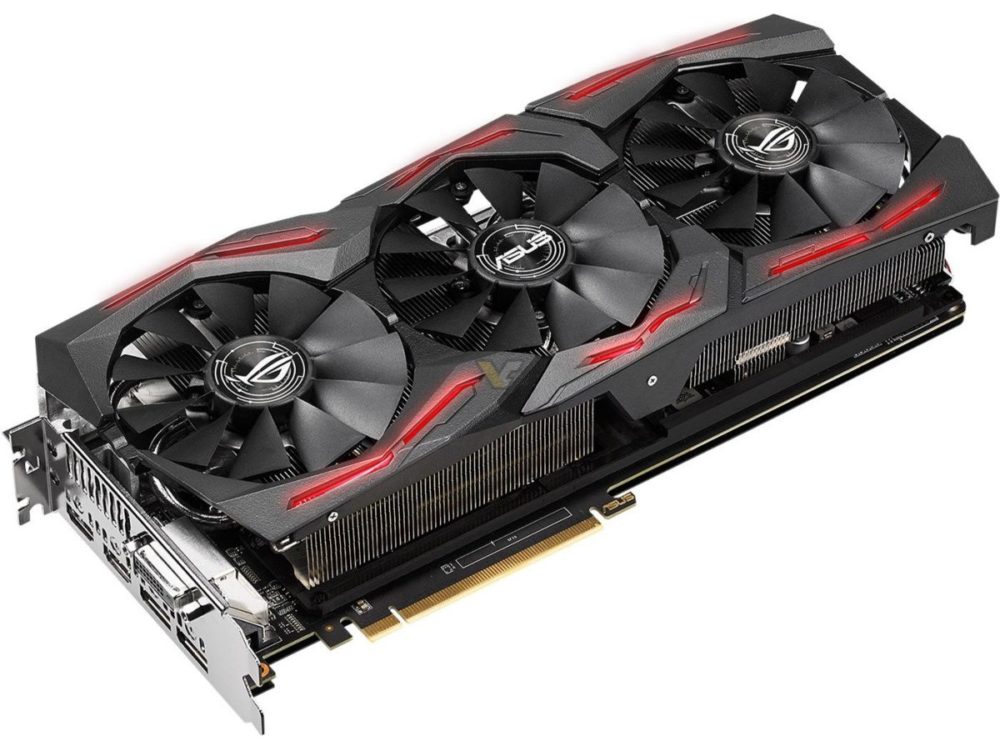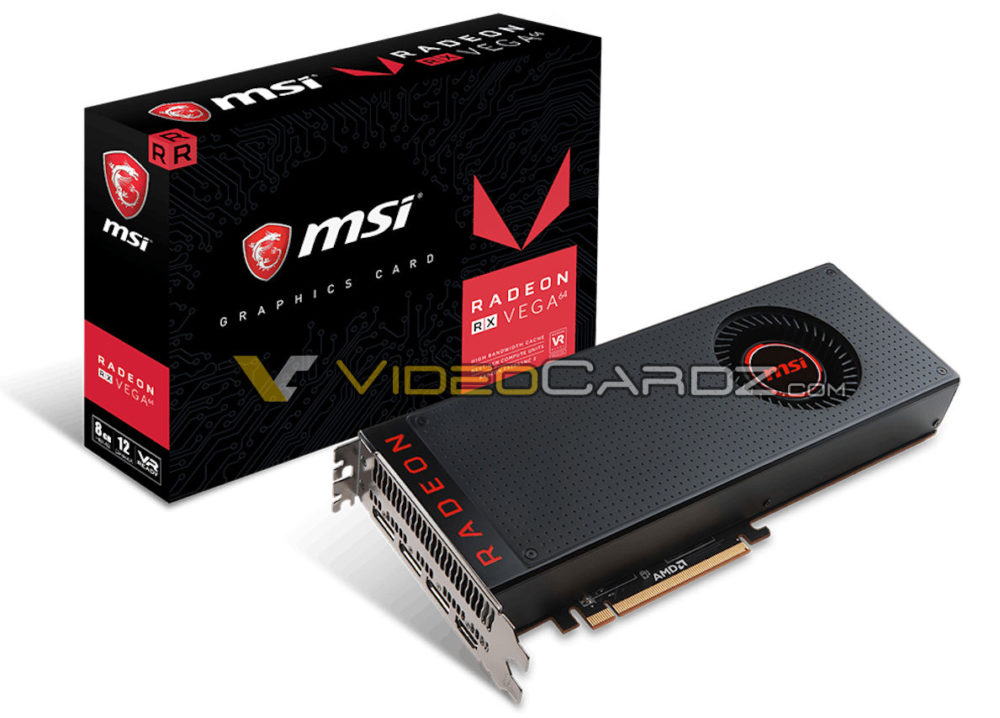
Today AMD doesn't launch its highly anticipated Radeon RX Vega series, but finally we have been given some official information.All the numbers regarding Vega in this post is confirmed by AMD via their slides from SIGGRAPH 2017. The card is due to hit shelves on August 14th. Now priced in the 1080 territory, similar to the reported performance AMD have also announced bundle packs with savings as well free games promotions. Now I can't wait to see real world performance reviews from independent reviewers and not cherry picked results for marketing purposes.
Top up your salt shaker as you will probably need a pinch with the latest rumours surrounding AMDs upcoming RX Vega line of graphics cards. The latest info to come out isn't all that bad, or at least contradicts the previous rumour that the new card would be priced close to the €1000 mark. I had this article wrote last night when this was still tagged as a rumour but rumour no more, as today AMD have officially confirmed it! If you are interested in getting a custom PC built using AMD Vega get in touch via our Contact or Facebook page.
Radeon RX Vega 64 & 56 prices
These originally came to light yesterday from a slip up by the big US retailer Newegg, but have now been confirmed by AMD themselves.
- AMD Radeon RX Vega 56: $399
- AMD Radeon RX Vega 64: $499
As for AMD’s fancier Vega 64 Limited Edition and Vega 64 Liquid Cooled Edition card, these will not be available on a stand-alone basis at all. If you want these cards, they will only be available as part of a bundle (anandtech.com).
If those prices are correct, then we could possibly be looking at prices matching that of the 1080, which is a whole lot better than getting some small change back from a grand. However, with the performance rumored to be closer to the 1080 anyway, this is in the area people would of predicted the price to fall. Even if this lower price is true, AMD will still not be the automatic choice for high end gamers as we have yet to get much info the way of official numbers for performance from independent reviewers, and with the reported high power demands some enthusiasts may be put off.
Radeon RX Vega 64 clocks
AMD Radeon RX Vega 64 Liquid: base 1406 MHz / boost 1677 MHz
AMD Radeon RX Vega 64 Limited: base 1247 MHz / boost 1546 MHz
AMD Radeon RX Vega 64: base 1247 MHz / boost 1546 MHz
Radeon Packs
I've yet to find full confirmation on these coming across the pond but I would expect them or at least something similar to them being on promotion. Essentially, these are the new Vega graphics card bundled with other hardware; my main problem is one of the pieces of hardware bundled is a very expensive monitor in the Samsung CF791 (€900/£800), yes it is 34" curved 1440p 100Hz Freesync, yes it is no doubt one awesome viewing experience, but not everyone is willing to commit that sort of money into their build. Anandtech.com worked out the total cost of the "bundle", after the $300 in rebates, to $1717. Quite the commitment considering you would still need several other components before you could even turn on your PC.
Bundle Contents
- AMD Radeon RX Vega Card
- 2 Bundled Games (For US: Wolfenstein II and Prey)
- $200 Discount: Samsung CF71 34-inch Widescreen Freesync Monitor
- $100 Discount: Ryzen 7 + Motherboard Combo
| "A great PC gaming experience comes down to more than just graphics. Serious gamers know that to achieve high resolutions and a buttery smooth 60 frames per second, there are two must-have elements: a beautiful adaptive refresh display for smooth, stutter-free gaming and heightened immersion, a multi-threaded processor to deliver astounding performance on a motherboard that supports these next-generation components." --- AMD, press release |
Why would AMD do this and price lots of potential buyers out of the market? Well, there are a few logical reasons. The biggest is probably the most obvious one, being that AMD wants you to come to their side, as the only way to get this bundle is to fully commit to them. An AMD CPU socketed in a AM4 motherboard paired with a AMD GPU all running games on a stunning AMD Freesync monitor. Not only that, after a few years how many people will be willing to swap to an Intel processor, requiring a full system rebuild back to an Intel socket or jump to an Nvidia card when they are running a €1000 Freesync monitor? Not many I would guess, so AMD want to bring you into their ecosystem and keep you there long term.
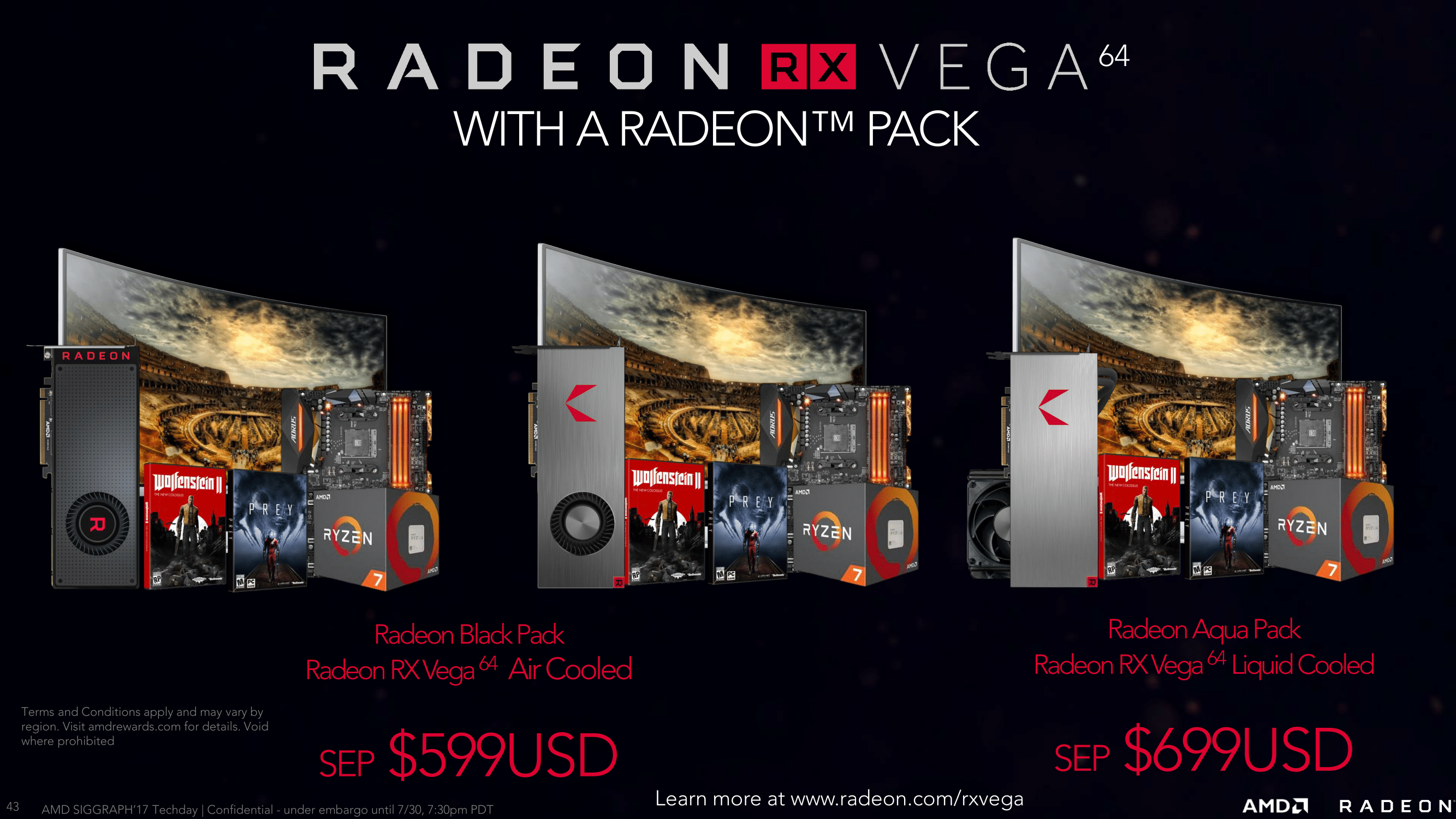
The second reason I sort of like, but it has its flaws. The biggest problem this year with graphics cards hasn't been poor performance or pricing, it has been availability, all down to cryptocurrency miners. Now you might ask why would a company worry about their product selling out week after week? Well, it's simple, miners only need good GPUs, they build them into rigs with several working in tangent, they don't need high end gaming processors or motherboards and in fact wouldn't use them. They dont go buy Ryzen CPUs or Freesync monitors, they also don't talk about how great this latest GPU is online, they don't spread good word and hype on the latest game playing great on AMD. What they do is they essentially take GPUs from the targeted market creating lots of negativity, then when profits drop flood the market with cheap used cards meaning AMD lose out to people buying these cards instead of new ones.
So, how do these bundles stop that? Well, AMD hope that by bundling their new graphics cards with lots of costly high end hardware that miners don't want, it will make them less palatable to miners by inflating their cost. While on the other hand, if you're an enthusiast gamer who is looking to upgrade, you get all these savings of top end parts that you do want. Still, it seems miners are a determined bunch and I can see lots of these bundles being bought by miners then the parts they don't want sold on, even at a slight loss to recoup the majority of the money spent.
I would of liked to see more flexible bundles, maybe the same idea but have some mid range monitors in there, maybe something like AOC 24" 144Hz FreeSync a €260 monitor, that still offers a bit of an inflated cost while being a lot more attractive to the average gamer, but I guess €260 is nothing to spend extra to some miners considering back in 2014 the Radeon R9 290 went up in price by 64% some $350 on top of their $550 starting price and they were still being sold out, and they never had excess hardware to sell off.
Lastly is a reason AMD probably wouldn't admit to; If these cards do end up extremely attractive to miners, they can solve the problem of miners not buying other AMD components by forcing them to. If they’re going to sell out anyhow, why not charge more?
Rx Vega Nano
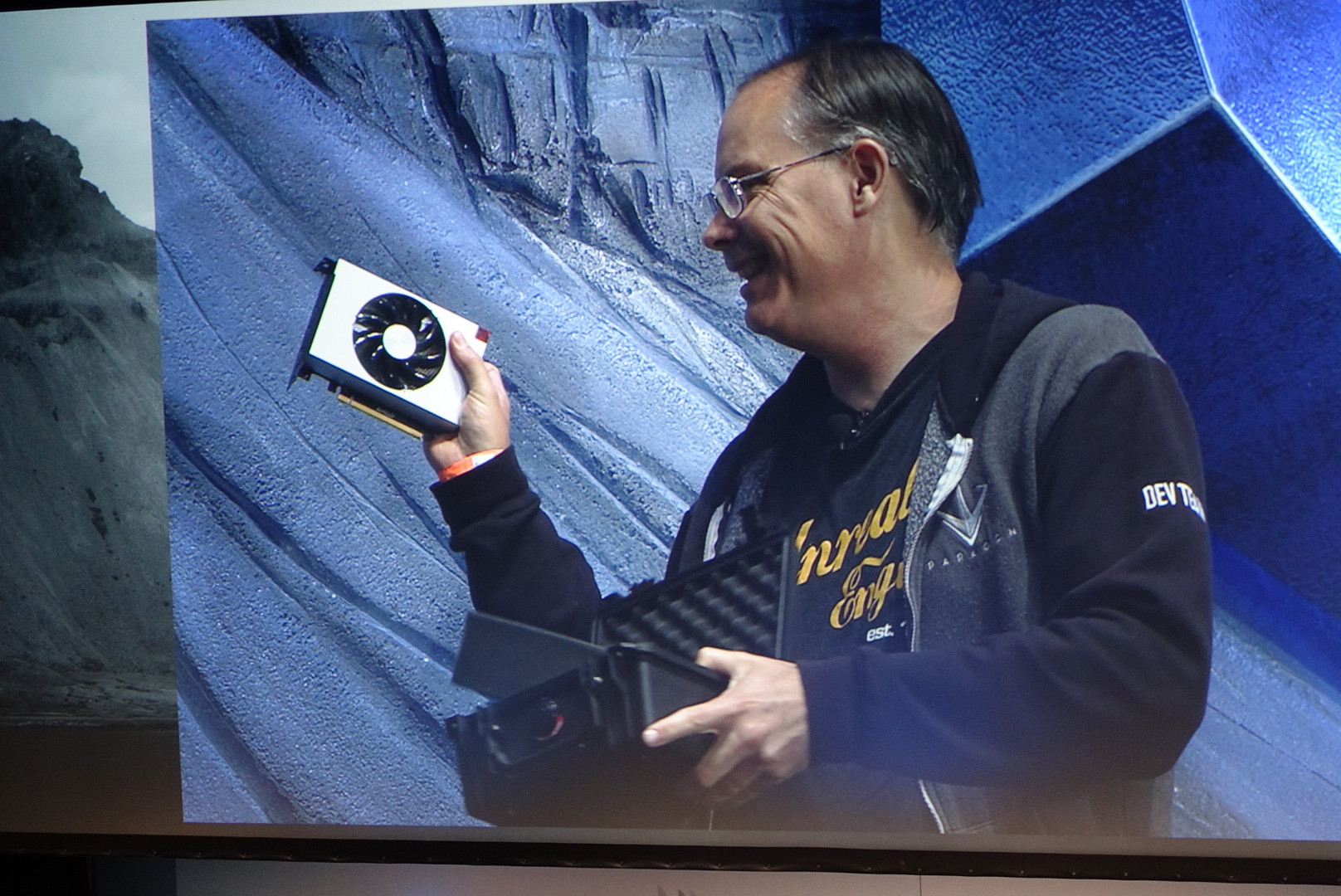 In the same vein as the R9 Nano from 2015 which was based off AMD's "Fiji" microarchitecture, the Vega Nano will hope to capture the same demographic as it did last time around. Roughly measuring only ~5-6" in length this card will more than likely be used in mATX or mITX build similar our deal of the month for July. I have yet to read if it will share the same specs as its bigger brother or what the cost is. I will try and update this post when I find out more.
In the same vein as the R9 Nano from 2015 which was based off AMD's "Fiji" microarchitecture, the Vega Nano will hope to capture the same demographic as it did last time around. Roughly measuring only ~5-6" in length this card will more than likely be used in mATX or mITX build similar our deal of the month for July. I have yet to read if it will share the same specs as its bigger brother or what the cost is. I will try and update this post when I find out more.
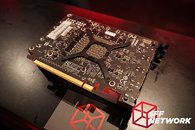


Source techpowerup.com and smallformfactor.net .
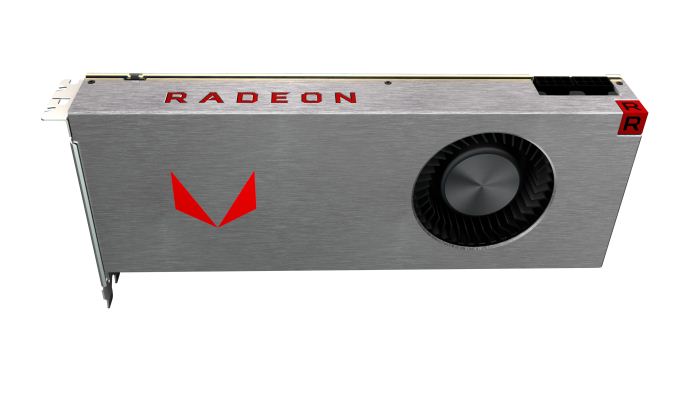
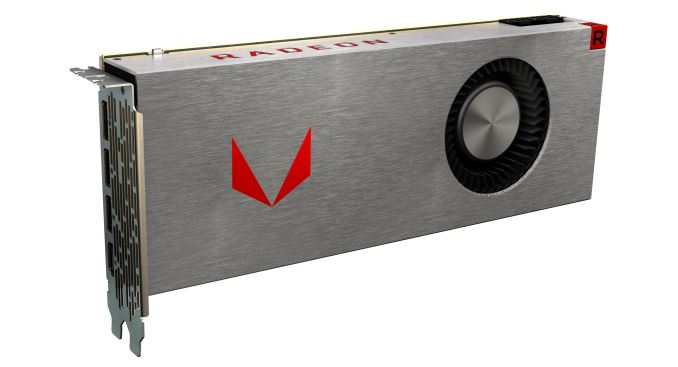
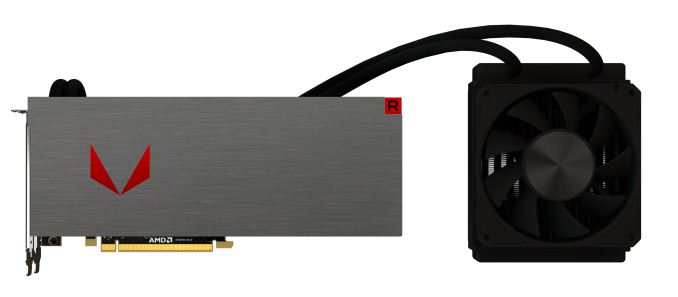
RX Vega Partners Cards
We already have some images of partners cards, with ASUS confirming their ROG line will continue with Vega while MSI are sticking with the reference design for now. Typically, most partners will release their own version of the card based on the reference design then come out with their own design and cooling options.
